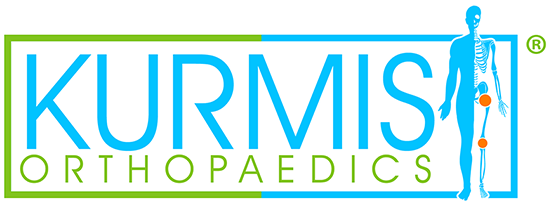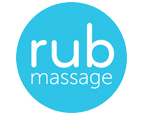
 This may ‘win’ the most common question physio’s get asked! Ice or heat on an injury? Both can provide relief and ease symptoms, however incorrect use may prolong injury recovery.
This may ‘win’ the most common question physio’s get asked! Ice or heat on an injury? Both can provide relief and ease symptoms, however incorrect use may prolong injury recovery.
Let’s look at the facts and how ice and heat should be used…
ICE
Acute Injuries
Ice is most commonly used for acute injuries. This is the first 72 hours following injury or aggravation and is the ‘inflammatory phase’. Ice is the most beneficial as the goal is to reduce blood flow to the affected area. This will help reduce bleeding into the tissues, inflammation, swelling, muscle spasm and pain.
Along with ice, it is important to follow further measures to reduce blood flow to the affected area. Use R.I.C.E to remember the steps!
- Rest
- Ice
- Compression
- Elevation of the injured part above the heart
Ice the injured area every 20 minutes for the first two hours. If the injury is in the extremities (ankle, foot, hand or wrist regions), you can submerge the body part in iced water for 10 minutes every two hours.
Chronic Injuries
Ice can also be used for chronic conditions. Chronic conditions can be a health condition which is persistent and long lasting, or has come about over time (overuse injuries) generally greater than three months. Ice is used in this instance after activity to help control inflammation (never before activity).
NOTES:
- Never place ice directly on the skin (wrap the ice pack in a towel) and move the ice regularly to avoid ice burns.
- Remove the ice pack of the injury area turns red or bright pink and remove the ice pack after 30 minutes.
HEAT
Who has trigger points, muscle aching, stress and stiffness?
Heat is a great modality for relief of the general day-to-day pains we get. Heat is also generally used for chronic injuries e.g. overuse injuries and those with a duration greater than three months.
Heat increases blood flow to the affected area, therefore it is beneficial after the inflammation phase.
Increased blood flow = increased nutrients and oxygen to the damaged tissue. This results in decreased pain, muscle spasms, muscle tightness and joint stiffness and helps the body to heal itself.
NOTES:
- Do not use heat in the first three days (inflammation period) as heat will increase inflammation/swelling and prolong injury recovery.
- Do not use heat following activity.
- Never leave heat packs on for extended periods or while sleeping.
- Only use the heat packs on a moderate heat for a limited time to avoid burns.
Other Precautions:
Do not use heat or ice packs:
- skin is of poor condition
- areas of the body with poor circulation
- areas of the body with poor sensation to heat or cold
- skin infections
- diabetes
In summary, HEAT and ICE both have their benefits… only when used at the correct times.
If you would like to learn more, one of the friendly staff at The Physio Clinic can help you. We also have a range of the latest heat and ice products.
Wheat Bags: Reusable product which can be heated in the microwave and also put in the freezer to cool.
Hotteeze Heat Pads: These pads are a single use disposable pad which is stuck on your clothes over the desired area. The benefits include heat lasting for up to 12 hours and you can continue to move around whilst wearing it.
Bodichek Instant Cold Pack: This cold pack can be transported and is disposable. You rupture the inner pouch and shake to create the cold feeling before applying it to the required area.
Lauren Swan – Physiotherapist























